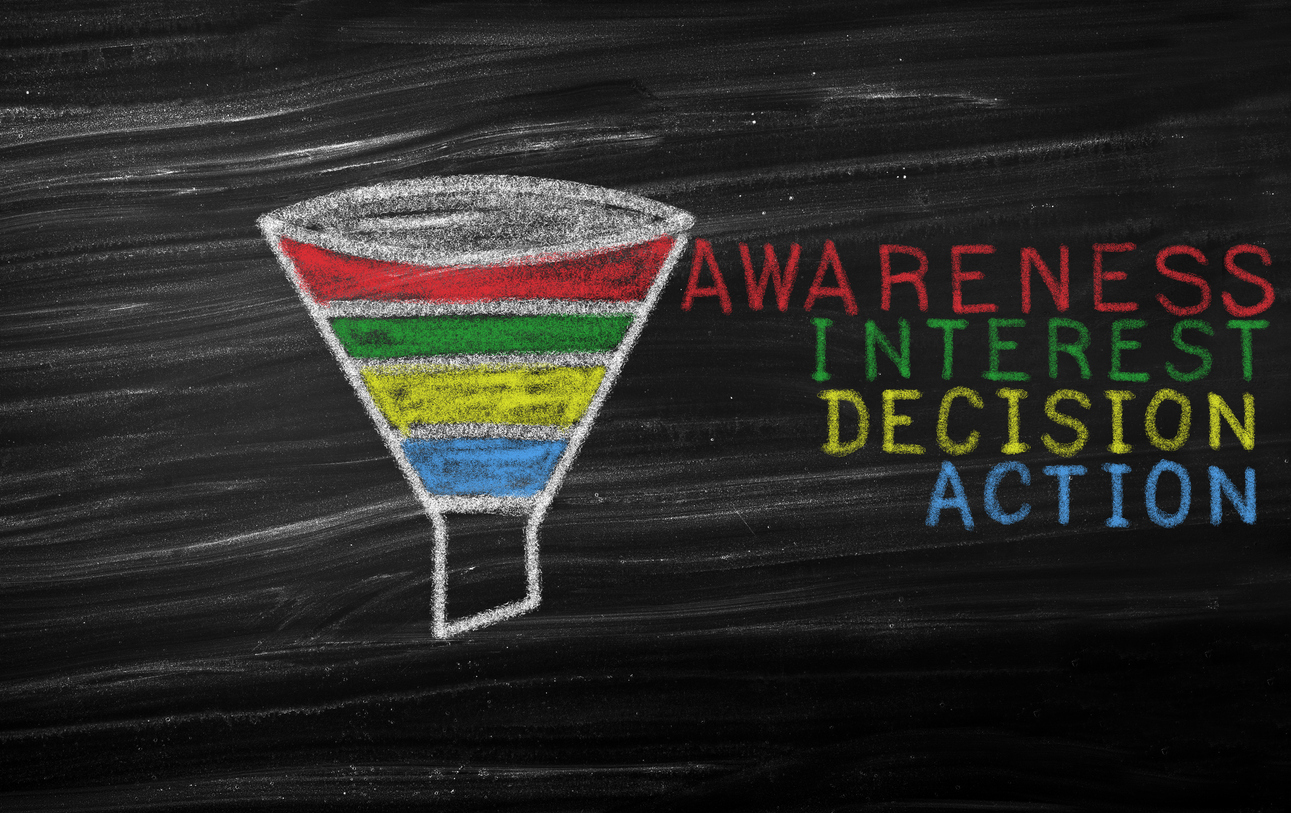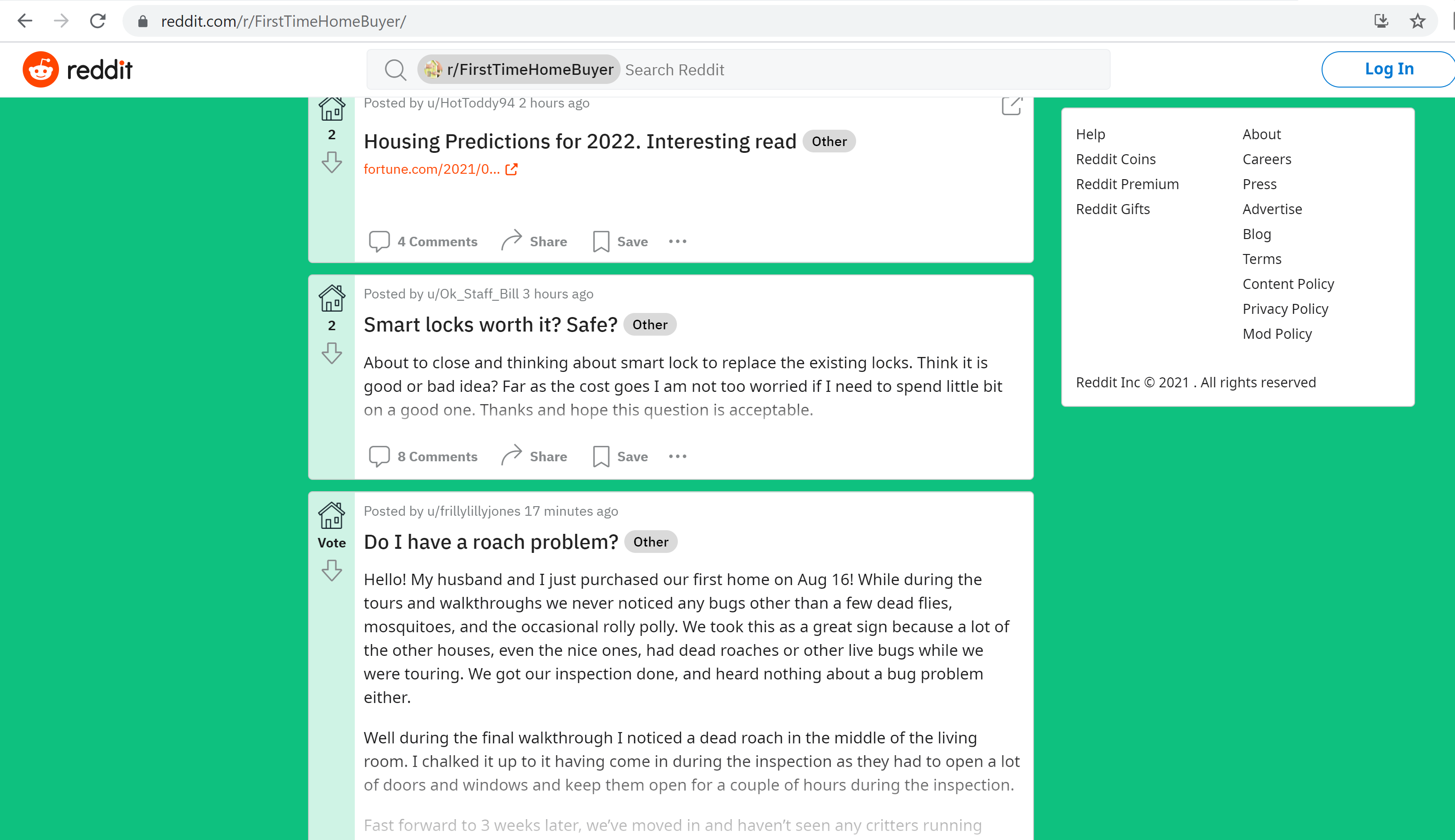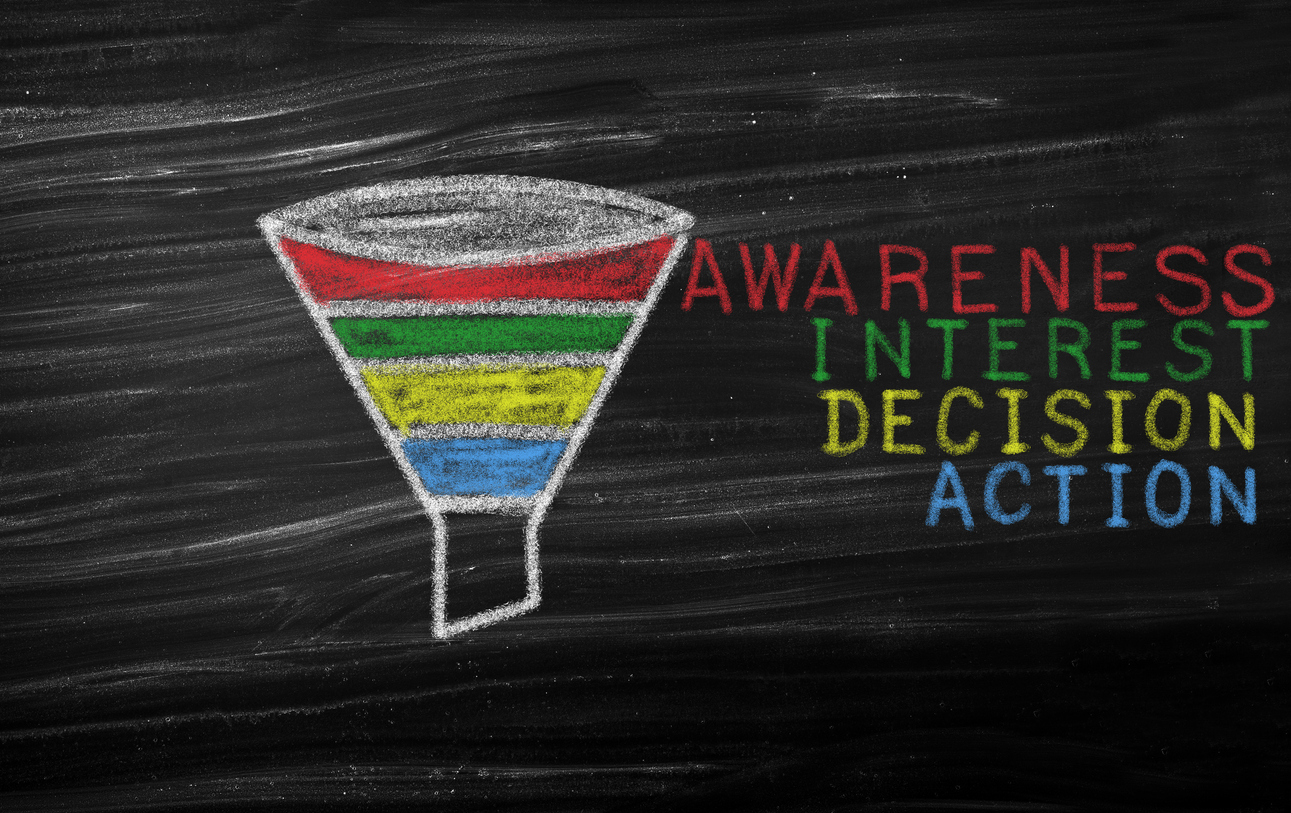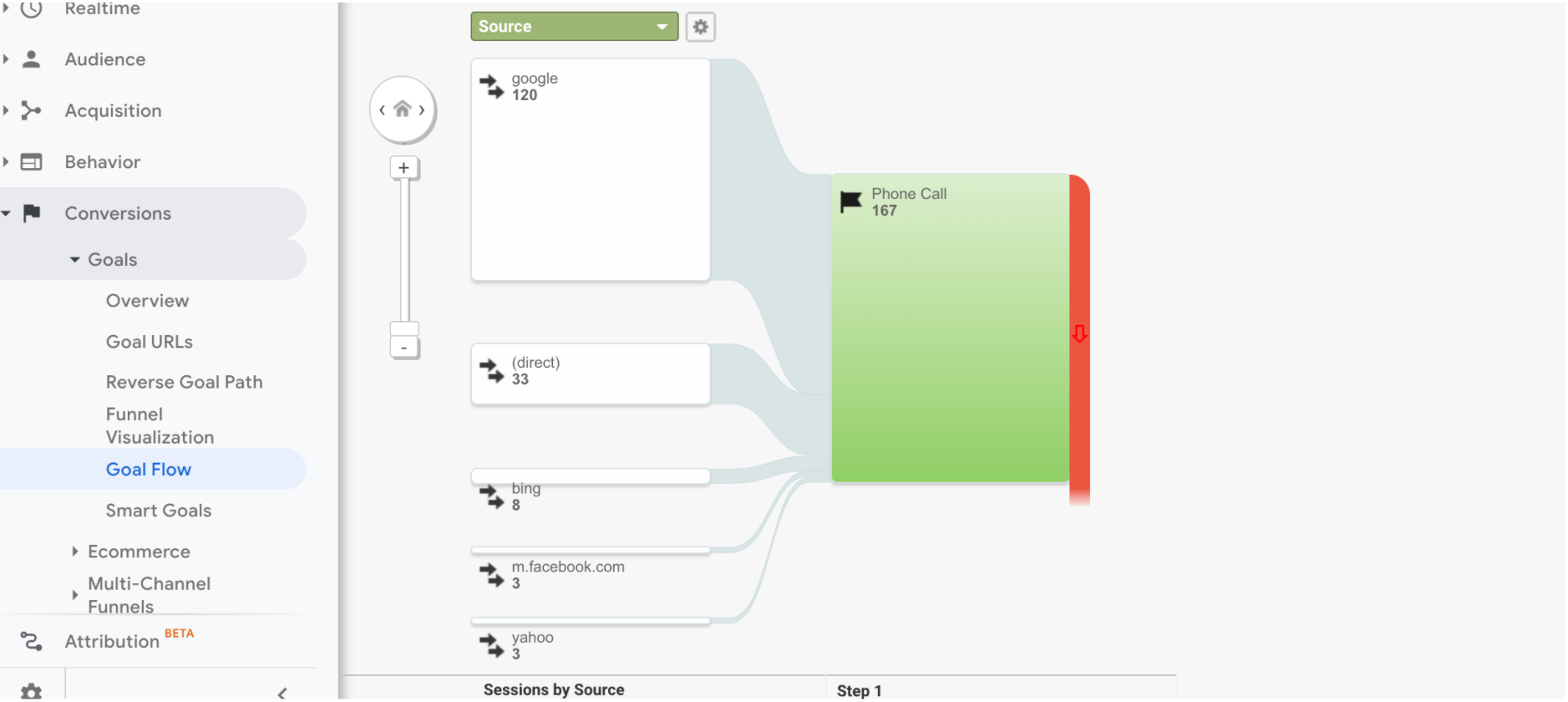
How to Create a Content Marketing Funnel Strategy that Maximizes ROI
In our previous article on content marketing, we covered four reasons why content marketing matters more than ever in 2021.
Now, we’ll talk through how you can actually plan and execute a content marketing strategy for your business. Specifically, we’ll discuss how to plot out your target audience’s buying journey and craft your content marketing strategy around benchmarks within the sales funnel.
By following these steps alone, you can build a content marketing program that actually drives business results and is lightyears ahead of your competition.
But first… what exactly is a content marketing funnel?
The content marketing funnel is a sales strategy which takes the user from discovery to purchase solely through content. A customer’s journey from discovering a product or a service through the purchase is completely facilitated by the content and the marketer.
Like the sales funnel, a content marketing funnel has different levels based on where your audience is in the buying process. The subject-matter depth of content at each level is based on the user’s knowledge of the product or service.
At each level, the goal of the funnel is to educate the user about your product or service while simultaneously increasing their interest level and motivation to purchase, through the use of CTAs, offers, and internal links.
We’ll show you how to incorporate all of those, but first, we have to address the biggest challenge surrounding content marketing…
Before planning a strategy for moving people down the funnel, you have to know your audience. Many marketers will skip this critical step, then tell you that they “tried content marketing and it doesn’t work.”
But it the fact is, it does… if you have good content and a well thought out strategy. Producing quality content means creating relevant content for a targeted audience at the perfect time. When there is a disconnect between your content and audience, it can’t succeed.
Let’s dig into the steps necessary to truly know your audience and create a content marketing funnel that actually works.
Step 1: Identify your ideal customer profile (ICP)
Successful digital marketing requires an understanding of how your target audience thinks, the problems they want to solve, and how both of those influence what they search for. Naturally, those same requirements apply to content marketing as well.
First, conduct some initial research on the search & competitive landscape. To perform keyword research around your audience, you can start with Google’s free tools like Trends & Keyword Planner, then crank it up a notch with an SEO tool like Ahrefs, Moz or SEMRush, as seen below. You can study your competitor’s content by literally visiting their websites or get more advanced by using a tool like BuzzSumo to learn which themes and topics are actually catching fire in your market.

Second, look in your Google Analytics for insights on your current website visitors. Some useful reports to check out include:
- Demographics and Interests: Helps you understand who your visitors are and what other relevant topics they’re searching for on Google.
- Channels: Tells you how your audience is getting to your site (paid / organic search? Social? etc.) and roughly how many people are already searching for you.
- Devices: Shows you how often users visit across different desktops, mobile phones and tablets so you can optimize your layout to best fit those platforms.
- Site Content: Metrics like bounce rate, pages per session & session duration will tell you how long a piece of content is holding your audience’s attention.

Last (not not least), don’t be afraid to embrace unconventional strategies when it comes to finding content topics. My favorite way to learn more about my audience while simultaneously discovering new content topics is to browse social media platforms like Twitter and Reddit and find out what people are talking about.
Sure, finding popular blogs on your subject matter is a great way to learn about your audience’s interest, but that’s what a lot of content marketers do. Twitter and Reddit, on the other hand, can give you content ideas that very few (if any) people have written about. Searching forums for your keywords will give you a better understanding of the day-to-day topics that people discuss regarding your chosen subject. Discover what your audience cares about, and turn those ideas into content.

At the end of the day, the best way to identify your ICP is by listening. Seek out the opinions of your existing audience. Read your reviews on Google and sites like Trustpilot, G2, etc.
And, most importantly, closely observe your leads! Some of the best insights you can get on your audience come through the first sales conversation. Take note of the questions that customers ask, and identify any common themes or concerns. If the same questions are frequently asked, you should address them on your website and look into crafting content around them.
Step 2: Identify the user’s end goals their journey through your site
To create an effective content marketing funnel, you need to know where your users are going to end up in their journey through your site. Understand your user’s mindset at each of those endpoints so you can create content that guides them through their journey.
For example, let’s say you’re not sure whether a user is ready to contact your company after reading a blog, a great way to keep them traveling through the funnel is to present a call to action on the blog post that takes them to a relevant resource that they can download if they fill out a form. Now, they’ll be consuming more of your content, and they will have also filled out a form with their contact information.
Specifically, you want to cater to these stages of the buying journey:
- Awareness (top-of-funnel content)
- Product consideration (middle-of-funnel content)
- Product purchase (bottom-of-funnel content)

Frequently, marketers have too few goals or endpoints that don’t help them ease prospects down the sales funnel.
Some companies also incorrectly classify their users as one of two polar opposites: those that are ready to be contacted, and those that will simply ditch your site. But with that absolutist mindset, you lose out on great opportunities with people in the awareness and consideration stages. Instead, create clearly defined goal paths that work together to educate a user and funnel them towards a purchase.
Draw it out. Visualize the user’s journey through the buying process, with goals serving as benchmarks along the way. Every subsequent goal should increase a user’s engagement and interest, all while continuing to motivate a purchase.
Remember: A user who is still in the discovery stage is unlikely to move directly to a purchasing conversation. Get creative with how you move users through the funnel by establishing unique goals at each step. Maybe one goal is to get a user to download a resource and another is to fill out a survey or assessment that determines whether they fit a purchasing profile. Your goals are like a checklist for your content marketing funnel.
It’s worth noting that your customer’s specific buying journey also depends on the industry you’re in. For example, the buying journey for a pair of jeans is completely different from that of a piece of medical equipment. Typically, B2C purchases require a lot less nurturing than B2B ones, so middle-of-funnel content is not as necessary in some industries.
If you’ve never considered how users arrive at your current goals, consider using the Reverse Goal Path and Goal Flow subsections under Conversions in Google Analytics. Here, you’ll see how users arrive at your site and the path that they follow to end up at a specific goal that you’ve set. These insights will help you better shape your goal paths to help you reach your ultimate end goal: a purchase.

Conclusion
There’s a saying in marketing, “He / she who is closest to the customer wins.” Arguably, there’s nowhere is that statement is more true than in building a winning content marketing funnel strategy.
Take the time to truly understand your ideal customer and their journey along the path to purchase. In doing so, you can create content that helps them at each stage of the journey, making it an easy choice for them to buy from you vs. your less-helpful competitors.
In the next (and final) article on this topic, we’ll tie content marketing all together with some examples of what content to create across the funnel, as as some tips & tricks to continually optimize your content strategy over the long term.
Most newsletters suck...
So while we technically have to call this a daily newsletter so people know what it is, it's anything but.
You won't find any 'industry standards' or 'guru best practices' here - only the real stuff that actually moves the needle.






